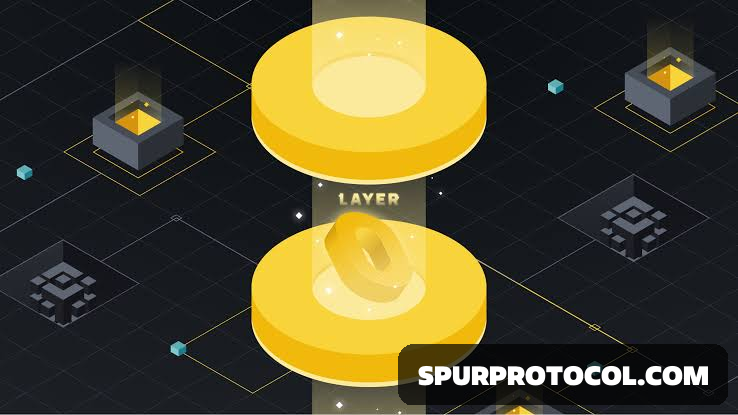COMPONENTS OF LAYER 0 IN BLOCKCHAIN
Key components and technologies
Go Back

🕒 5:34 PM
📅 Mar 09, 2025
✍️ By Ecojames
Layer 0, the foundational infrastructure layer of blockchain technology, comprises various components and technologies essential for the operation and scalability of higher blockchain layers. These components ensure the network's robustness, security, and efficiency, facilitating seamless interactions between nodes and supporting the complex functionalities of Layer 1 and Layer 2 solutions.
Key Components and Technologies
Networking Protocols: These are sets of rules that govern data transmission between different network nodes. Protocols like TCP/IP (Transmission Control Protocol/Internet Protocol), UDP (User Datagram Protocol), and more specialized blockchain networking protocols ensure that data packets are transmitted efficiently and securely across the network.
Consensus Mechanisms: While traditionally associated with Layer 1, certain foundational consensus algorithms that enable network participants to agree on the validity of transactions can be considered part of Layer 0 when they are integral to the network's infrastructure. Examples include foundational aspects of Proof of Work (PoW) or Proof of Stake (PoS) that ensure network security and integrity.
P2P (Peer-to-Peer) Network Infrastructure: Blockchain operates on a P2P network model, where each participant (node) connects directly to others without a central server, facilitating decentralization. This infrastructure includes the software and hardware components that enable nodes to discover each other, connect, and communicate directly.
Interoperability Protocols: These protocols enable different blockchain networks to communicate and share data, which is crucial for cross-chain transactions and multi-chain ecosystems. Technologies like Polkadot's cross-blockchain transfers and Cosmos' Inter-Blockchain Communication (IBC) protocol are examples of Layer 0 solutions to enhance interoperability.
Cryptography: Foundational cryptographic techniques, such as public-private key encryption, hash functions, and digital signatures, provide the security backbone for blockchain transactions and data integrity. These cryptographic primitives ensure that transactions are secure, verifiable, and tamper-proof.
Hardware Infrastructure: This includes the physical devices and systems that support the blockchain network, such as servers, computers, specialized mining hardware (in the case of PoW blockchains), and networking equipment. This infrastructure is crucial for maintaining the network's operational capacity and performance.
Functionality and Features of Layer 0 in Blockchain
Layer 0 in blockchain technology is the foundational infrastructure, enabling scalability, interoperability, and more core functionalities. It also has unique features that set it apart from higher layers in the blockchain stack.
Core Functionalities
Scalability:Layer 0 provides the essential infrastructure that directly influences the scalability of the blockchain network. It encompasses the networking protocols and hardware that support data transmission and processing across the network. Effective Layer 0 solutions ensure that the blockchain can handle a growing number of transactions and participants without significant increases in costs or decreases in performance. This is achieved through advanced P2P network designs, efficient data propagation methods, and robust hardware setups supporting high-throughput and low-latency transactions.
Interoperability: One key functionality of Layer 0 is enabling interoperability between different blockchain networks. This involves the use of various protocols and technologies that allow disparate blockchain systems to communicate, share data, and transfer value seamlessly. Interoperability at Layer 0 is crucial for creating a connected and integrated blockchain ecosystem, where value and information can flow freely between different chains, enhancing the utility and efficiency of blockchain applications.
Security and Decentralization: The foundational components of Layer 0, including cryptographic techniques and consensus mechanisms, are crucial for maintaining the security and decentralization of the blockchain network. These components ensure that transactions are secure, data integrity is preserved, and the network remains resistant to centralization and control by any single entity.
Network Formation and Maintenance: Layer 0 is responsible for the formation and maintenance of the blockchain network itself. This includes the discovery and management of nodes, the establishment of network connections, and the maintenance of a stable and efficient network topology. This functionality is vital for the resilience and robustness of the blockchain, ensuring that it can operate effectively under various conditions and withstand potential attacks or failures.

